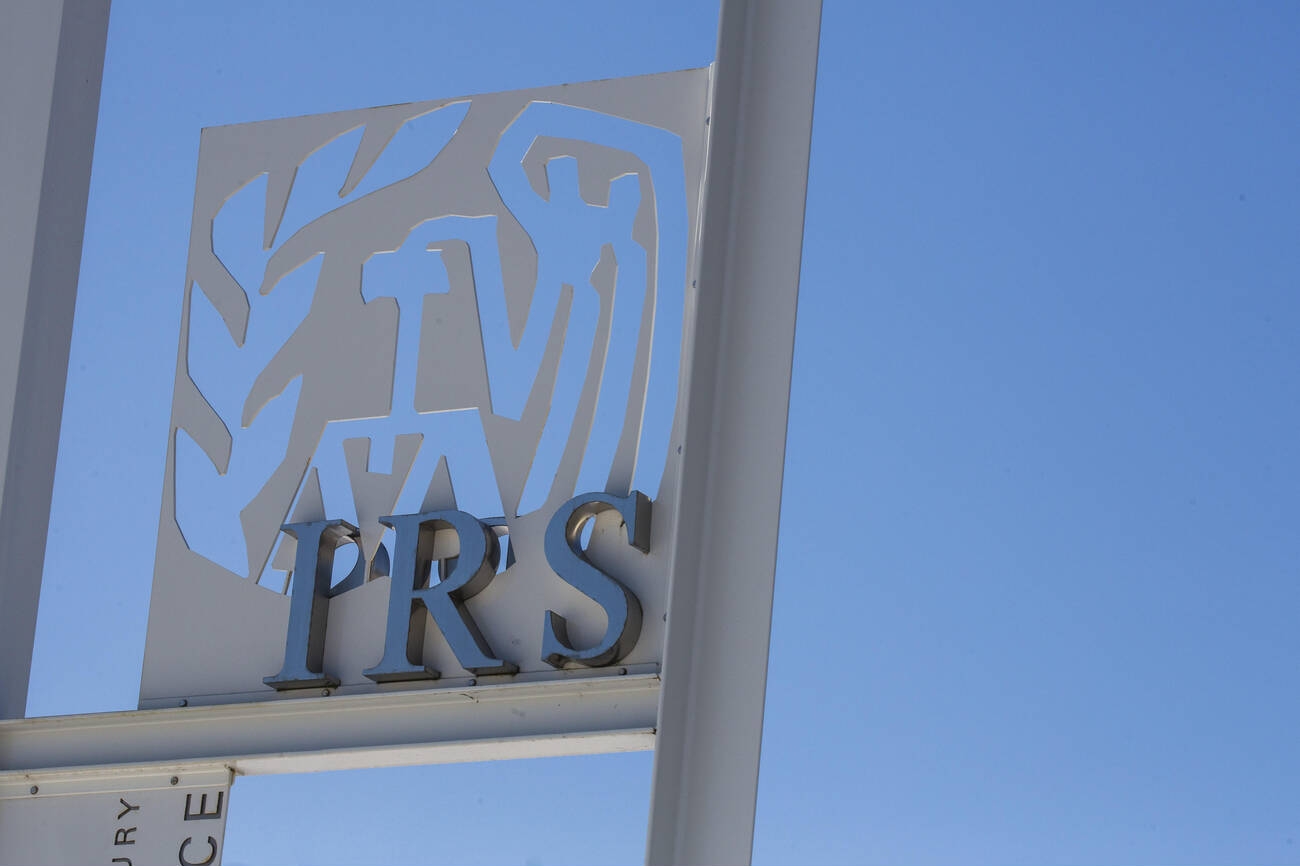A new bill recently introduced by lawmakers in both the House of Representatives and the Senate would improve the IRS’s math error procedures—a power used by the agency to quickly adjust a taxpayer’s federal income tax return if it contains a simple mistake or clerical error.
Sens. Elizabeth Warren (D-MA) and Bill Cassidy (R-LA) introduced the Internal Revenue Service Math and Taxpayer Health (IRS MATH) Act on April 18, with Reps. Brad Schneider (D-IL) and Randy Feenstra (R-IA) introducing the same bill in the House.
According to the office of the Taxpayer Advocate Service, the IRS issued 9.4 million math error notices to taxpayers during the 2022 filing season, 8.3 million of which were related to the recovery rebate credit (RRC) and the child tax credit.
The IRS issues several variations of its math error notices, of which the most common are:
| Notice Number | Description |
| CP11 | We made changes to your return because we believe there is a miscalculation. You owe money on your taxes as a result of these changes. |
| CP12 | We corrected one or more mistakes on your tax return. As a result, you are now either due a refund or your original refund amount has changed. |
| CP13 | We made changes to your return because we believe there’s a miscalculation. You’re not due a refund nor do you owe an additional amount because of our changes. Your account balance is zero. |
However, math error notices are “vague and confusing,” the Taxpayer Advocate Service said, and often don’t tell the taxpayers receiving them exactly what the problem with their return was, instead offering a list of potential problems. For example, taxpayers who receive a math error notice adjusting the RRC claimed on their return may be given all of the following as possible reasons for the adjustment:
We changed the recovery rebate credit:
- Primary or secondary SSN missing or invalid,
- Dependent exceeds the age limit,
- AGI exceeds limit, or
- The amount was incorrectly computed.
Taxpayers are left to review their returns in order to determine the exact reason for which the RRC was adjusted, the Taxpayer Advocate Service said.
In their bill, the lawmakers say that unlike other adjustments, which are made after a notice period and challengeable in U.S. Tax Court, math and clerical adjustments are made automatically and require proactive taxpayer responses to reverse them within 60 days, which they believe is too short to challenge the IRS’s position.
In addition, the notices also don’t properly notify taxpayers of ways to contest the IRS adjustment and are sent via first-class mail. Without properly informing taxpayers, the lawmakers say “such adjustments made by math and clerical notices can and do result in compounding errors on future returns. Ultimately, this system is unworkable and intolerable for low-income taxpayers who are unable to hire expensive CPAs and attorneys to hunt down the problem and the information required to respond.”
“Filing your taxes can get confusing—and sometimes, mistakes happen,” Warren said in a statement. “And when they do, taxpayers shouldn’t be forced to decipher confusing, intimidating, and financially impactful letters from the IRS. It’s time to improve procedures and notices that correct these errors so that hardworking Americans can get the money they’re entitled to and get back to their daily lives.”
“The IRS is confusing enough,” Cassidy added. “If there’s a mistake on a tax return, the IRS needs to explain it in plain English and there must be clear lines of communication. Taxpayers should have every opportunity to keep their hard-earned income.”
If approved, The IRS MATH Act would:
1. Direct the IRS to improve notices of math or clerical errors, requiring that notices:
- Describe the mathematical or clerical error in comprehensive, plain language. This includes requiring the type of error, the legal code to which the error relates, and the specific line on the return on which the error was allegedly made.
- An itemized computation of direct or incidental adjustments made to the tax return for the adjustment year. This includes various reportable topline income numbers, tax credits, carryforwards, and other relevant items.
- Include the IRS automated hotline for requesting tax account transcripts.
- Display the 60-day abatement date in bold size 14 font on top of the front page of the notice.
- Forbid the practice of reporting multiple alternative errors instead of adequately describing the error underlying the adjustment.
2. Require that the IRS notify the taxpayer of abatement determinations.
3. Require the Treasury secretary to provide additional procedures for requesting an abatement of a math or clerical error adjustment, including by telephone or in person.
4. Create a pilot program coordinated by the IRS and National Taxpayer Advocate to determine the benefit of sending math or error notices by certified or registered mail.
“Customer service must be a leading principle for the IRS and its work—but right now, what the IRS shares with taxpayers who have simple errors in their tax returns is far from straightforward and helpful,” Schneider said. “When the agency reaches out to taxpayers about tax return errors or amendments to make, it’s crucial the IRS communicate with clear information.”
Thanks for reading CPA Practice Advisor!
Subscribe Already registered? Log In
Need more information? Read the FAQs
Tags: Income Tax, IRS, Legislation, Taxes




